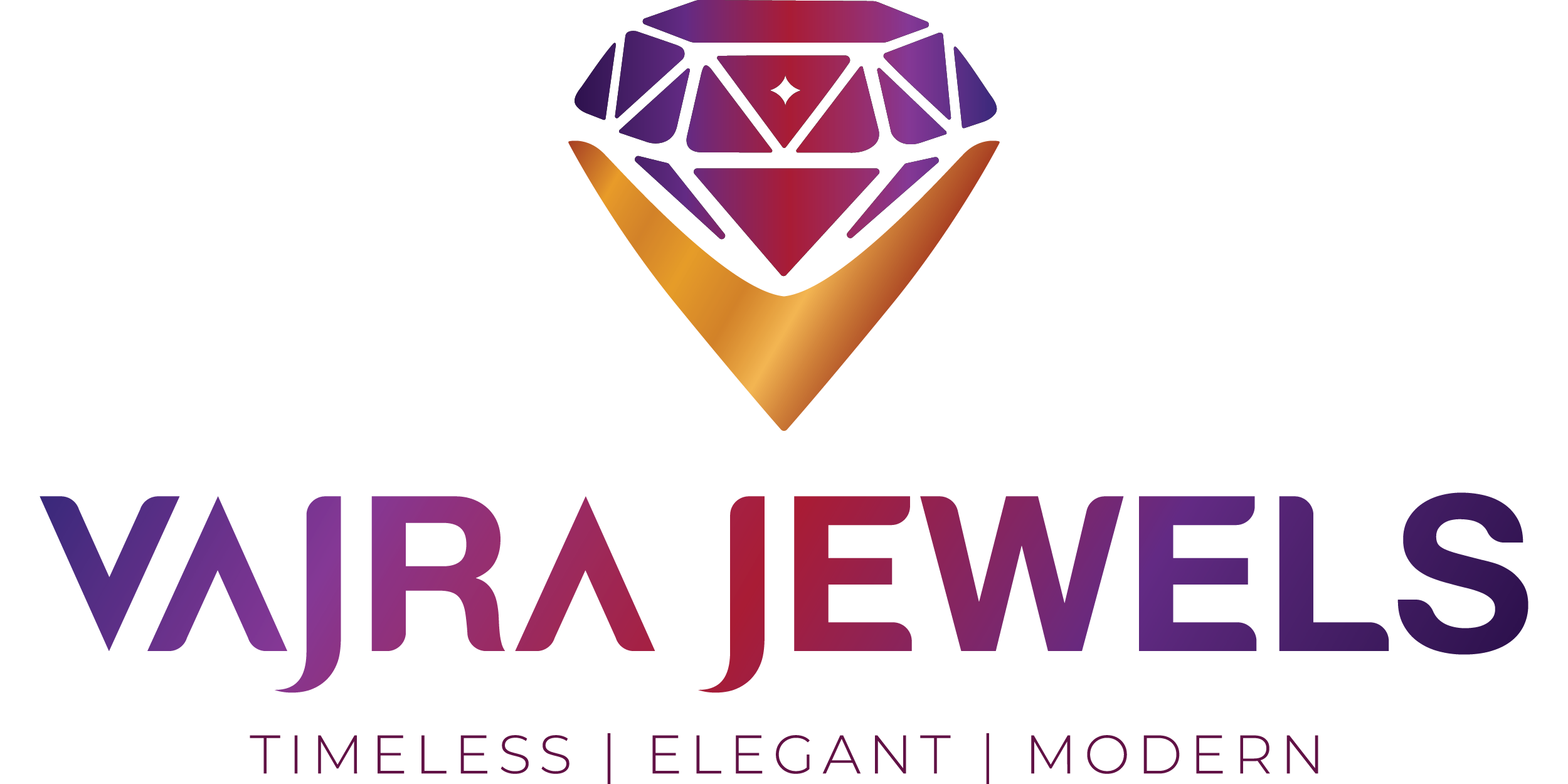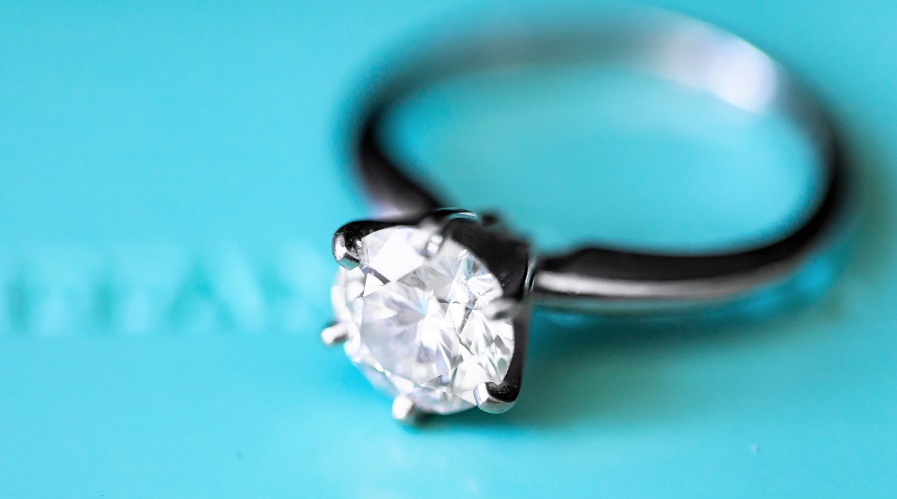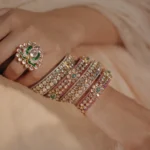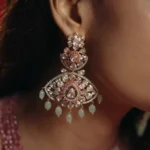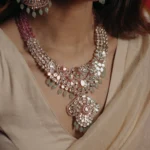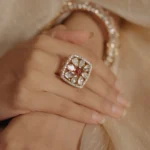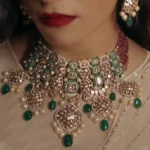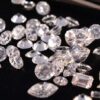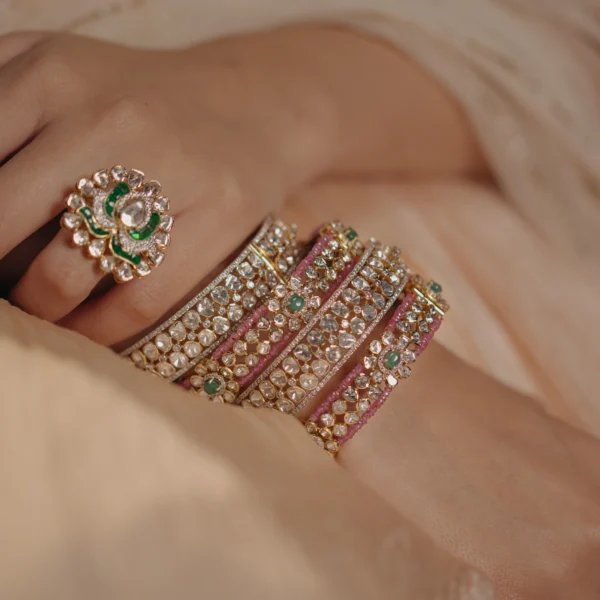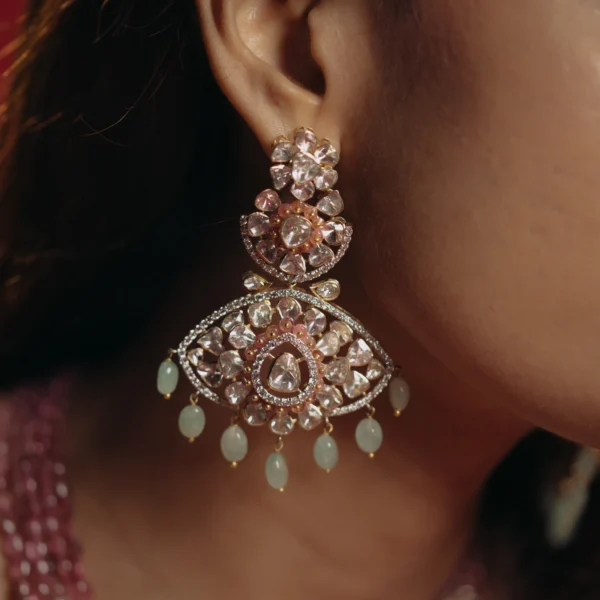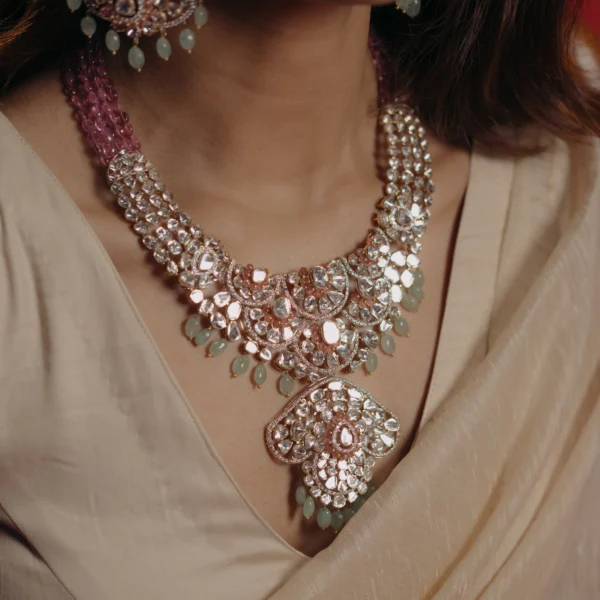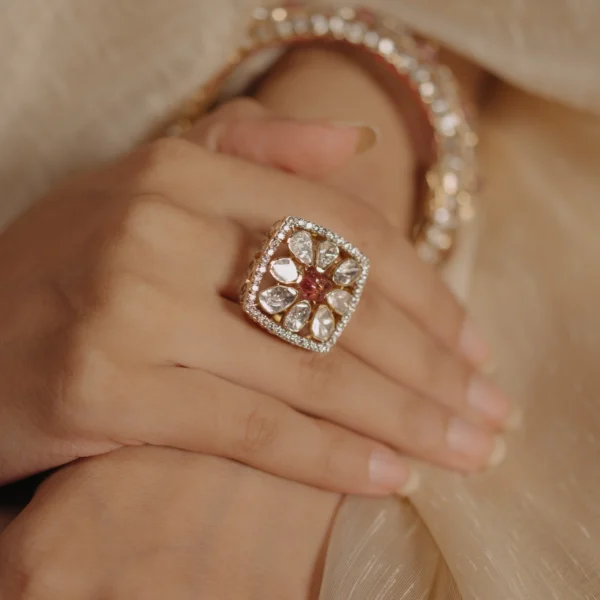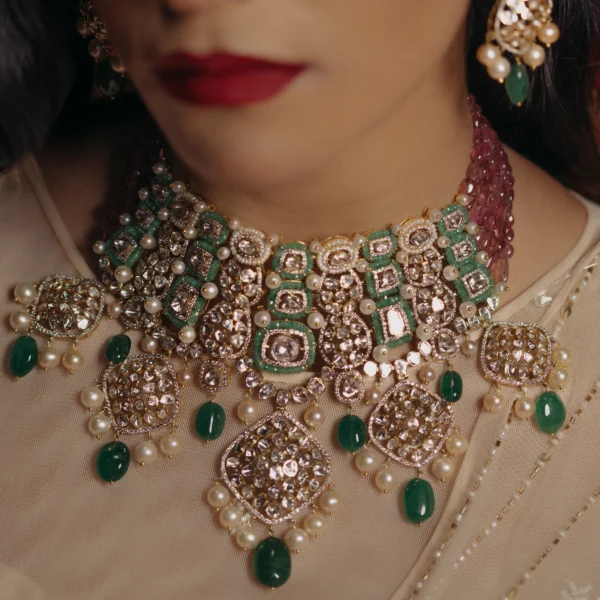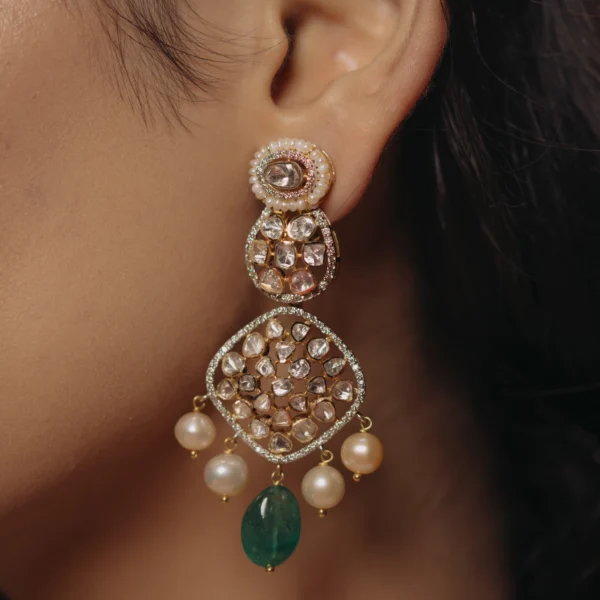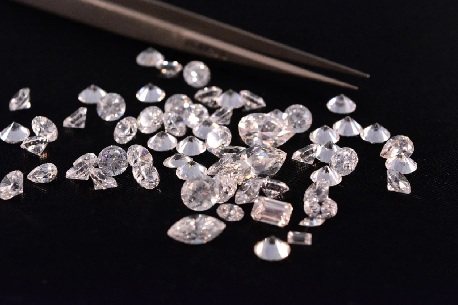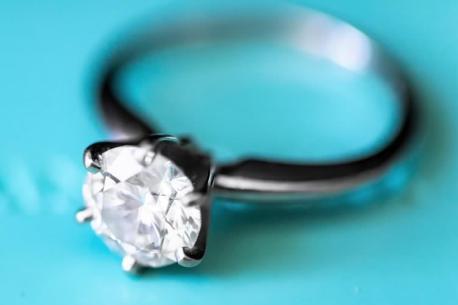The journey of your diamond: From a mine to your ring
Diamonds are some of the most precious pieces of novelty you will ever own in your life. There tiny, brilliantly sparkling stones can evoke desire and love in your heart. But do you know what makes a diamond so rare? It is not just its cut, colour, clarity or carats, but its journey, from being buried hundreds of miles beneath earth to being set on the most beautiful pieces of jewellery to adorn you. And we are going to tell you the story of the journey of the precious rock that you wear with pride and love.
Exploration & Mining
Your diamonds do not exactly look the way they are in your jewellery right now. Known for being the hardest solid substance on earth, diamonds are formed under extreme heat and high pressure beneath the surface of lands. Some diamonds are believed to be formed millions of years ago and they came closer to surface after several volcanic eruptions.
Australia, Botswana, Congo, Namibia, South Africa, Canada and Russia are the major countries with diamond mines where they are extracted as rough, dull crystalline stones. Mining for diamonds is a tedious process, where diggers mine for over 10 hours every day during a regular fortnight-long expedition.
Until the 18th century, India was considered to be the only source of natural diamonds. The world famous Kooh-i-Noor was mined and extracted from the Golconda mines in Karnataka
Cutting & Polishing
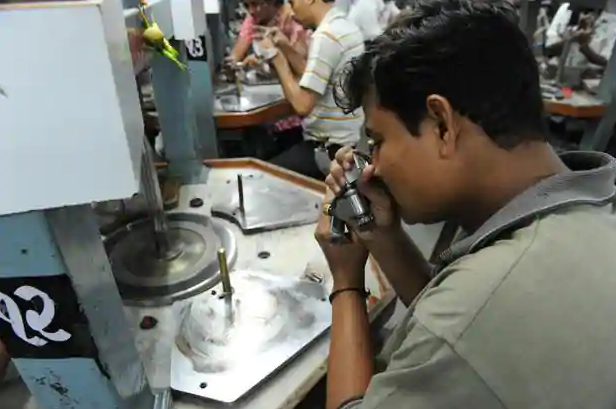
Cutting and Polishing of diamonds is an activity that requires great skill and involves meticulous techniques. Surat in Gujarat, India holds a place of pride in the diamond cutting and polishing industry, with over 85% of world’s diamonds are cut and polished by artisans in this city.
The rough diamonds, are first sorted and classified by their size, colour, shape and quality. It gets picked by traders based in Antwerp, Thailand, Tel Aviv, which are globally famed major diamond trading places. They then send these diamonds to Surat, where the cutters saw off and cleave the rough edges of the diamonds into shape. Then laser-guided machines give the final, precision cut to form smaller, workable pieces ready for polishing.
The top 18 facets (table, culet, bezel and pavilion) of the diamond are first polished by a blocker, and the next 40 facets, including the star, upper and lower girdle, are polished by a brillianteer. The finished stone is then soaked in various acids to cleanse it off.
Diamond Grading
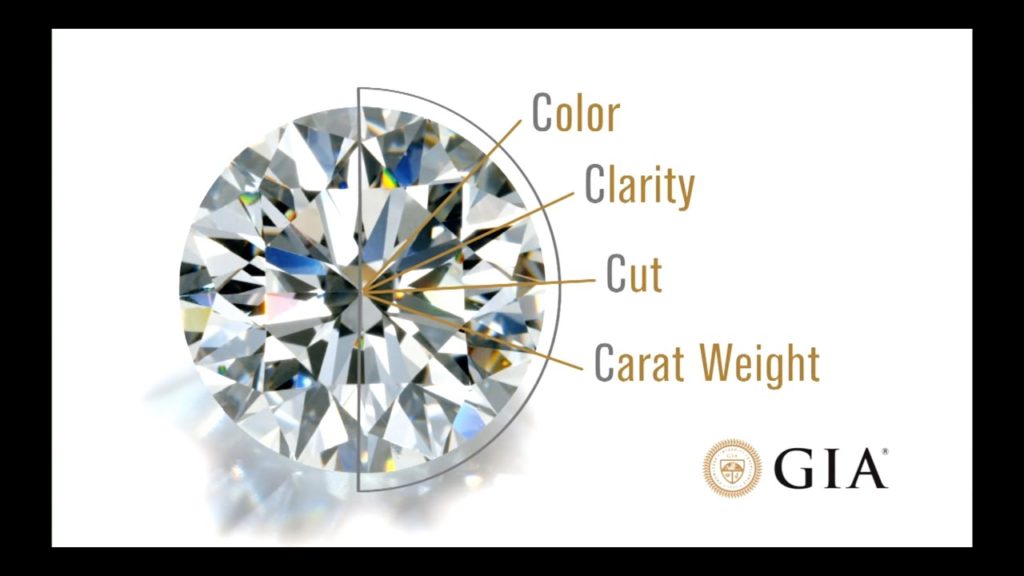
The gems are submitted to the GIA lab post polishing and cutting, where it follows a step by step process of scrutiny. The stone is weighed first, and scanned to determine its precise measurements. Then its colour, clarity and finish are gauged under magnification. Even a slight scratch not visible to the naked eye could affect the grading. Post this, a cut grade is assigned to the diamond and finally, a certification dossier number is granted and laser inscribed on it minutely. The diamond is then returned back with its certification of being original.
Jewellery Manufacturing
Once the diamonds are back with its certification, the final leg, that is the manufacturing of the jewellery, takes place. While some people purchase their jewellery directly from their retailer, those who seek custom designed jewellery purchase the diamonds first and then give it to their jeweller to set it in their ring or pendant.
